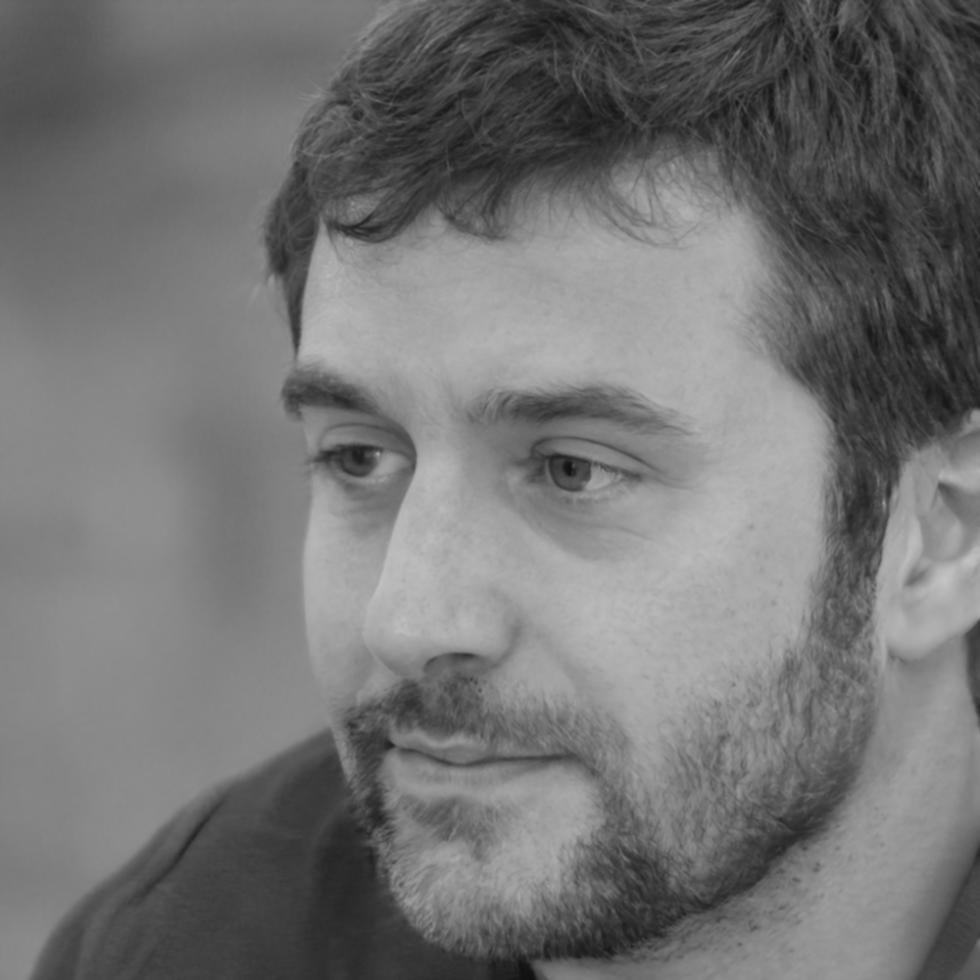The Subscription Model Isn't Always the Answer
We're seeing creative businesses move away from recurring revenue models that don't fit their work. Sometimes project-based pricing makes more sense, even if it feels less secure.
We started with a simple observation: most financial education treats creativity and numbers as opposing forces. That never made sense to us. Business owners need both.
We've learned more from our missteps than our successes. Each phase taught us something that changed how we approach financial education.
Started with a handful of workshops in Newcastle. We noticed creative business owners struggled with traditional finance courses that felt disconnected from their reality. Most dropped out before completion. That told us something needed to change.
Spent two years developing a methodology that connected financial concepts to creative thinking. We tested different formats, gathered feedback, scrapped ideas that didn't work. The pandemic forced us online, which turned out to be unexpectedly useful for reaching more people.
Introduced advanced programs after participants kept asking for more. Started working with established businesses facing growth challenges. Learned that experience level matters less than willingness to examine assumptions about how money works in creative industries.
Supporting over 400 businesses across Australia. Still refining our programs based on participant feedback. Currently developing resources for late 2025 that address emerging challenges in digital business finance. We're not done learning.
Over the years, we've found certain areas where our approach seems to click with creative entrepreneurs. These aren't everything we do, but they're where participants tell us they've seen the most tangible shifts.
When income isn't predictable, standard budgeting advice falls apart. We work with the reality of project-based work and seasonal fluctuations.
Most creative professionals undervalue their work. We look at pricing as a strategic tool rather than just covering costs plus margin.
Scaling a creative business often means tension between artistic vision and commercial reality. There are ways to grow that don't require abandoning what makes your work distinctive.
Numbers don't have to be intimidating. We translate financial concepts into frameworks that make sense for visual and creative thinkers.
Some observations from working with Australian creative businesses this year. These reflect actual patterns we're seeing, not theoretical predictions.
We're seeing creative businesses move away from recurring revenue models that don't fit their work. Sometimes project-based pricing makes more sense, even if it feels less secure.
Counter to what many expect, raising prices often improves business health beyond just revenue. It changes client relationships, project scope conversations, and how much care you can put into work.
Australian regulations around business structures have implications for creative entrepreneurs. We're helping people understand when sole trader status makes sense versus other options, based on actual circumstances rather than assumptions.

Lead Instructor & Program Director
Spent fifteen years managing finance for design agencies before realizing the disconnect between standard accounting practices and creative business needs. That frustration led to nerinlithalevpahyros. My background combines corporate finance experience with firsthand understanding of creative industry challenges.
I'm not interested in generic business advice. What works for a retail shop often fails for a creative consultancy. Our programs reflect what actually helps when your work involves custom projects, subjective value, and clients who often don't understand what they're buying.